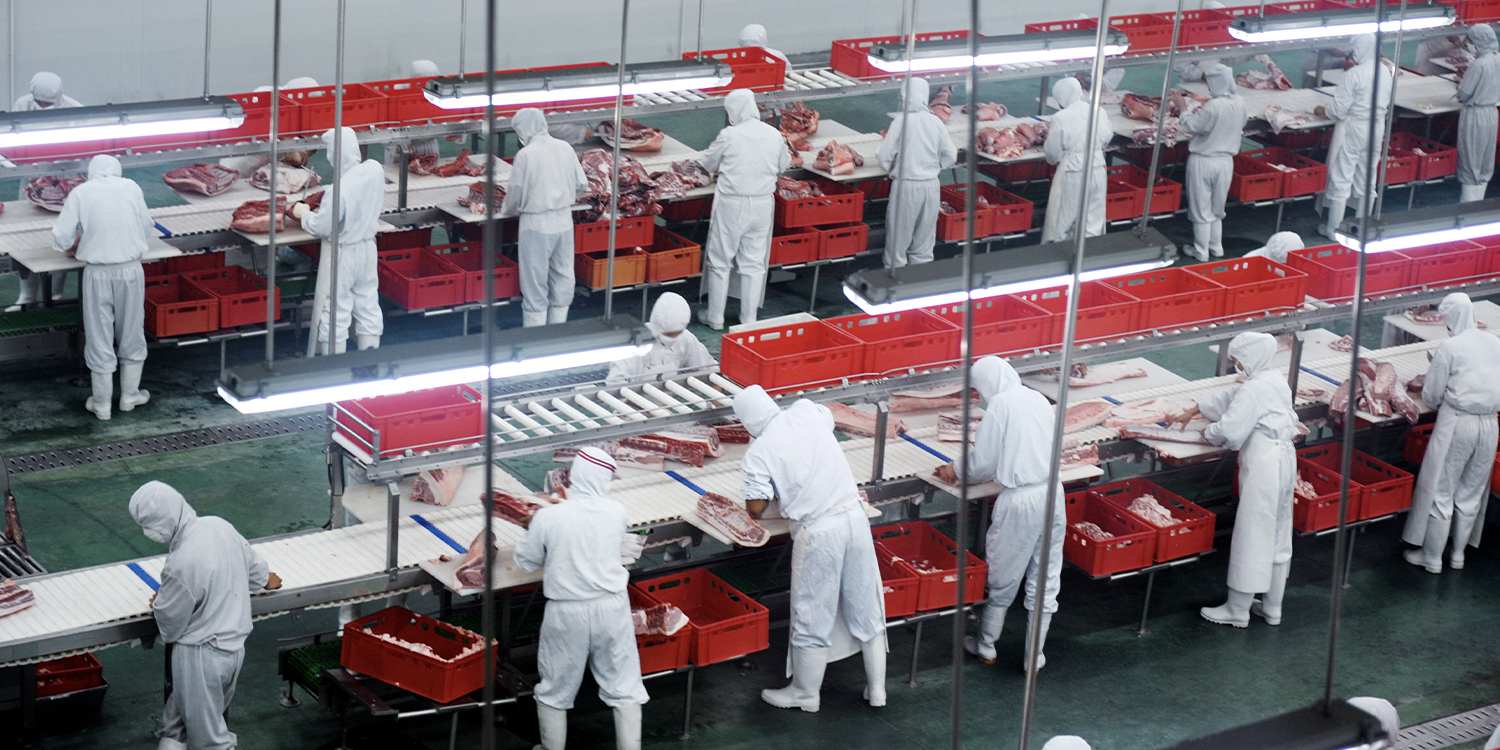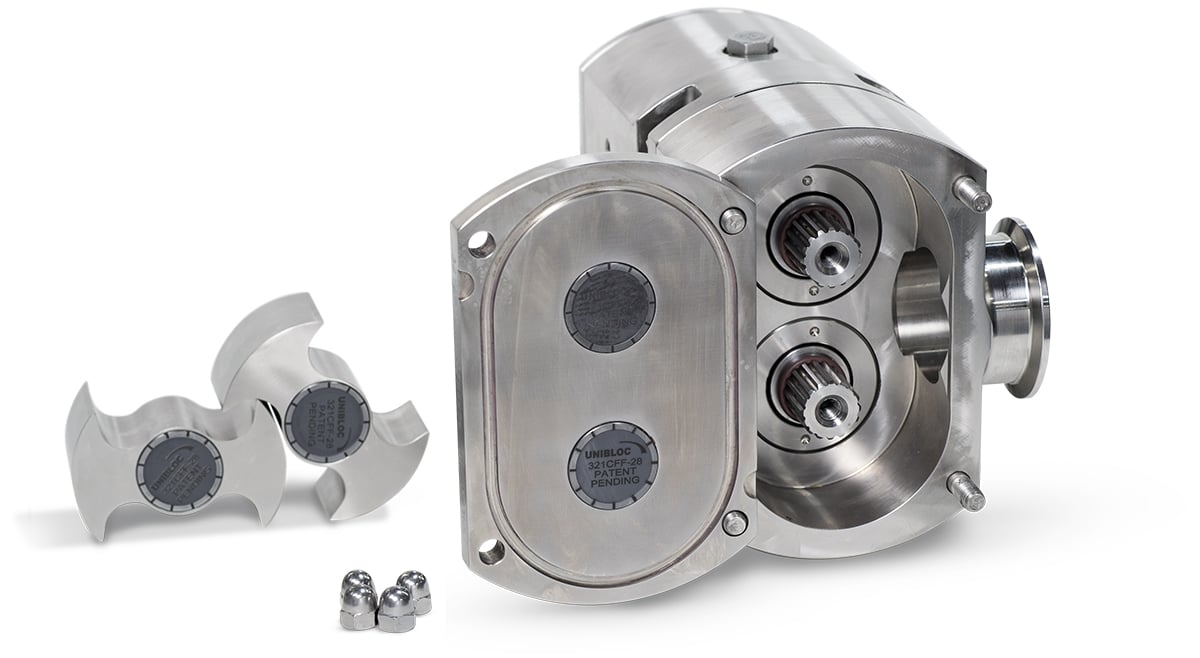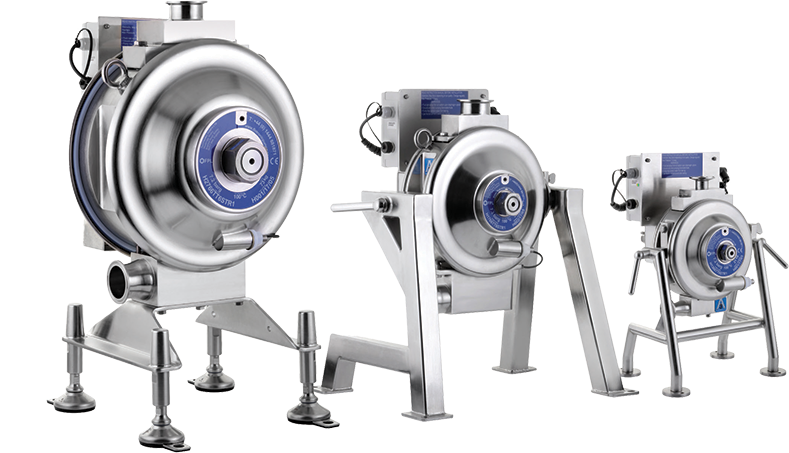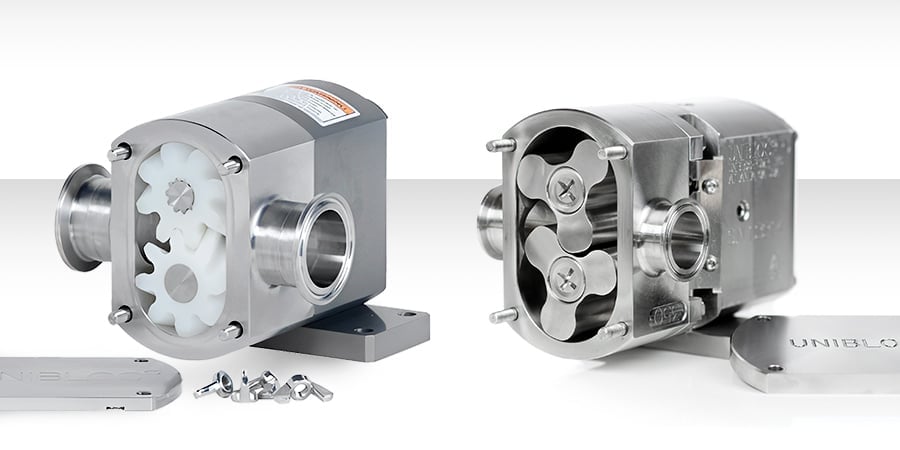Minimizing Food Safety Risks in Meat Processing: The Role of Hygienic Pumps
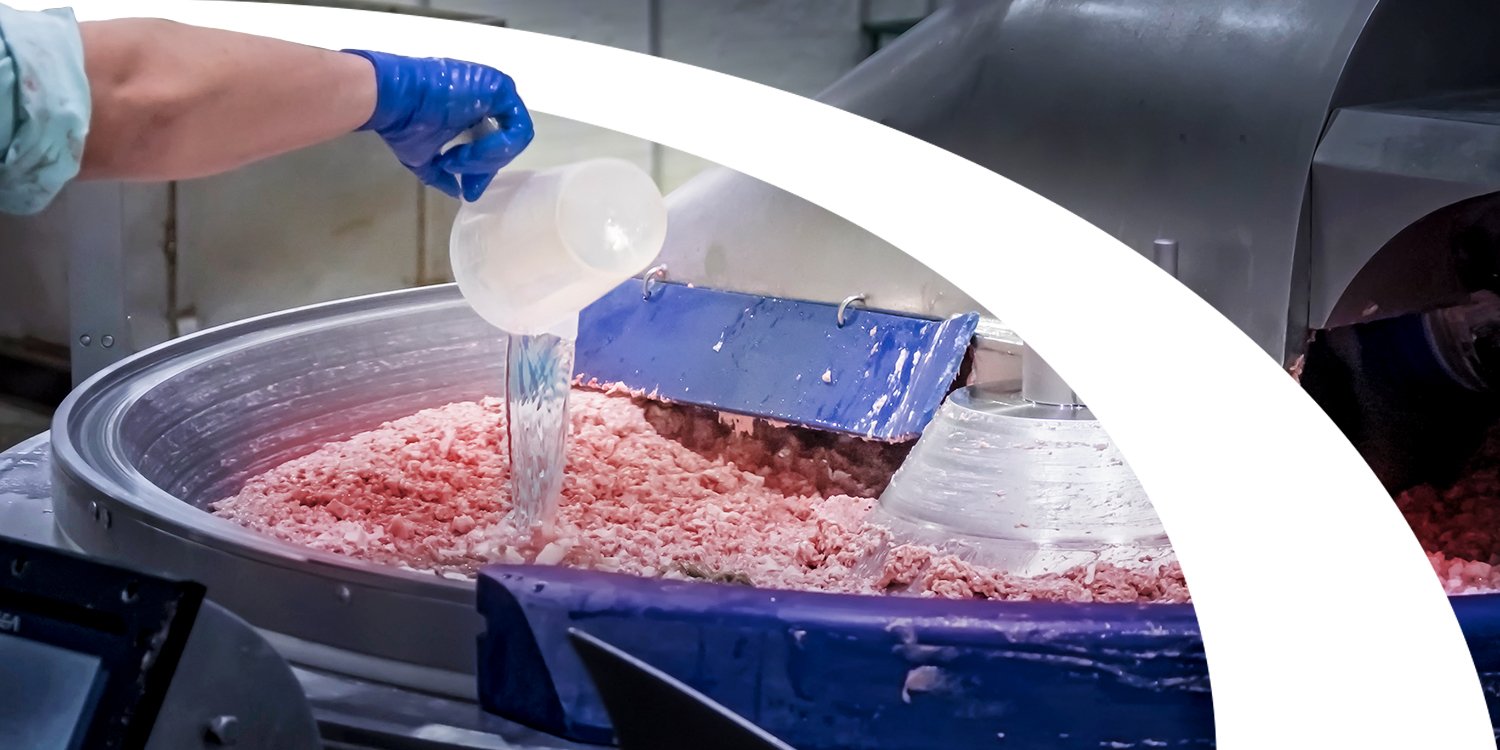
While most people were toasting in the new year 2024, the USDA’s Food Safety and Inspection Service wasn’t celebrating. Officials instructed Valley Meats to recall nearly 7,000 pounds of raw ground beef that laboratory tests showed could be contaminated with E. coli O157:H7. While no illnesses were reported, the bacterium can cause serious injury and even death. The recall reminded beef and pork processors of the importance of safety practices and hygienic plant equipment.
This blog post covers:
- The particular risks of food safety in ground meat including bacterial contamination and foreign objects.
- The role of hygienic pumps in food safety.
- How pump design can help managers better manage safety risks.
There are unique challenges to food safety for processors that produce ground beef, ground pork, sausages, and sausage patties. The concerns arise from the grinding process itself.
Ground meat can more easily hide foreign objects. A vision system or human inspector can only see what is on the surface of the product. Grinding can also move bacteria from the exterior of the meat to the interior, where it is harder to detect and less susceptible to being destroyed by cooking. This is important because meat from multiple animals is ground together. One animal infected with bacteria may be mixed into hundreds of pounds of ground meat.
Beyond grinding, there are other risk factors arising from the production process. Marinated meat products are increasing in popularity. According to NeilsonIQ, consumers are looking for ways to make meal prep more convenient, increasing the demand for pre-marinated meats. Marinades penetrate the meat, and if the marinade gets contaminated with bacteria, then bacteria can embed more deeply into the meat. In addition, the process that mechanically tenderizes beef can push bacteria on the surface deep into the meat.
In meat processing, the stakes are high. Recently, mixes for kittens and puppies were recalled due to Salmonella and Listeria contamination, posing a risk not only to pets but also to pet owners who handle the product. Another recall was initiated after food workers at a school in Minnesota discovered wire-like metal in a package of ready-to-eat beef product. The companies responsible for processing these meats faced significant costs.
According to the Grocery Manufacturers Association (GMA) and the Food Marketing Institute (FMI), a food recall is estimated to cost a whopping $10 million. In addition, companies must bear the cost of wasted product and potential lawsuits. A recall is the kind of thing that puts a manager’s job at stake. From a purely operational point of view, a recall is disruptive to everyday tasks, as resources are shifted to scrutinizing maintenance and production processes. Lines will be shut down for inspection and cleaning.
One point of focus may be the pumps used in transferring ground beef or pork. A pump can become a point of bacterial contamination of an entire batch. If improperly maintained, pumps themselves can be the source of metal fragments in the product.
Pumps and product safety.
In these applications, the cleanliness of the pump design is critical. At a minimum, hygienic pumps should be FDA compliant and it is highly recommended that they be 3A certified, meaning that all wetted parts use food-compatible materials and metal surfaces are electropolished. The pump should not have crevices where food could collect and harbor bacteria. However, some pumps are more crevice-free than others. For example, pump bodies from Unibloc Hygienic Technologies begin as a single piece of stainless-steel, so there are no seams.
To meet hygienic requirements, beef and pork processors must frequently clean their processing equipment. Often, a government inspector is on the premises, checking that cleaning is thorough and that no contamination is present. Pumps require particular attention. Processing raw meat requires the pump to be disassembled and manually cleaned. That’s because raw ground meat has dense and fatty properties that make it difficult to clean in place.
Manual cleaning of these pumps is usually done on the third shift by less skilled workers. These technicians may be tempted to scrape the pump with a tool, creating a scratch where food and bacteria could hide. A scratch may create a gall—an indention with raised edges on the metal surface. Given the tight clearances in a pump between the rotors and the housing, a small gall can grow into a big problem.
Worker turnover is a common problem for processors. Workers who are unfamiliar with a pump are more likely to reassemble it incorrectly after cleaning. Typical pumps have many small parts that could be installed backward, bent, damaged, or lost … perhaps ending up in the product. Workers may take shortcuts, such as removing the heavy pump cover and placing it on the floor. This practice could be a point of bacterial contamination.
Designing in food safety.
Unibloc QuickStrip® pumps are designed for rapid strip-down and simple, hygienic maintenance. There are many reasons this contributes to product safety.
- A design with fewer parts reduces the chance of small pump parts entering the product stream.
- No tools are required for disassembly for cleaning. Workers are unlikely to scratch or gall the pump if they are not using tools.
- A Unibloc QuickStrip pump is designed for one-way assembly. There is no chance of workers installing parts backward, which could lead to damaged parts going into the product.
- The heavy cover is supported by a hinged Safety Swing Arm. The cover never winds up on the floor to get scratched or dented. This feature is available only on Unibloc pumps.
To learn more about how Unibloc Hygienic Technologies products can help streamline your meat processing facility, visit our beef and pork processing page.

